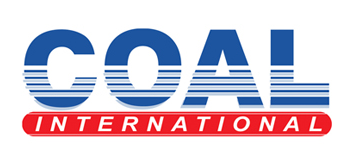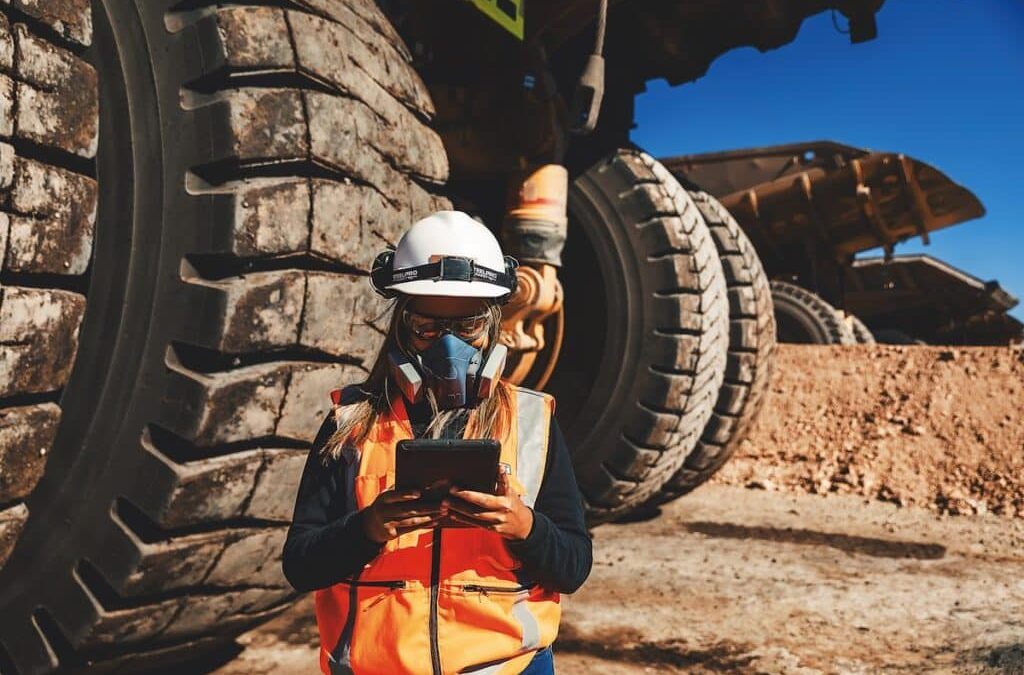In the push to optimise every element of mine site performance, some of the most transformative innovations are emerging from the most overlooked corners of operations.
Tyre management, long seen as a reactive, manual, and often fragmented process, is undergoing a quiet revolution. And it’s not just about keeping trucks rolling.
For Kal Tire, one of the largest tyre service providers in the mining industry, it’s about embedding every tyre into a smarter, safer, and more efficient system.
In coal mining, where haul truck availability can make or break production schedules, unplanned downtime from tyre damage or missed maintenance is costly. But it’s also avoidable.
“By using AI in our tyre management system, Kal Tire helps sites plan more effectively, prioritising work based on safety and the impact to downtime,” Kal Tire Mining Tire Group general manager – Australia, Wes Woodroffe, said.
“The system predicts downtime events before they happen and gives planners actionable insights without manual analysis. It’s all about smarter decisions, better scheduling and safer execution of all tyre related tasks.”
Thanks to advances in artificial intelligence (AI), autonomous inspections, and integrated data platforms, Kal Tire is showing Australian sites how to move from firefighting to foresight.
Kal Tire Mining Tire Group director of business insights Mark Goode said the company is transforming tyre maintenance through digital innovation. The goal: fewer breakdowns, longer tyre life and ultimately, a more efficient mine.
“On an average site, a supervisor is managing around 400 tyres, while at some of the larger operations, that number surpasses 2000,” Goode said.
“There’s a complex matrix of managing damage identified during inspections, rotation schedules, rim work, and end-of-life planning. Historically, this has been managed with whiteboards or spreadsheets.”
This manual approach can lead to missed opportunities for maintenance, especially on rear tyres.

Over time, this results in unbalanced wear, accelerated damage, and expensive downtime. Kal Tire saw an opportunity to overhaul this process not just by digitising it, but by making it intelligent.
At the centre of its solution is TOMS, the company’s Tire and Operations Management System.
Now enhanced with AI, TOMS predicts when tyre work will be required, whether that’s a rotation, a repair, or a replacement, and then plans that work to reduce machine downtime.
“AI takes inspection data, wear patterns, fleet type, and known maintenance windows into account,” Goode said. “It then generates an optimised plan that aggregates tyre work to maintain sufficient spare tyre inventory. It’s like having an expert planner on-call 24–7.”
The impact of this system has already been demonstrated at multiple test sites. In one Australian coal operation trialling the AI-enabled platform, Kal Tire reported a 38 per cent reduction in tyre-related downtime, more than triple the global average improvement of 11 per cent seen across nine trial sites.
“The standout factor was collaboration,” Goode said. “That site really committed to incorporating tyre work into their maintenance program.
“The AI only gets more effective when it’s working in sync with broader operations.”
But predictive planning is just one part of the puzzle. To deliver real-time data into the system, KalPRO TireSight, developed in partnership with Australian company Pitcrew AI, can carry out autonomous inspections.
Thermal imaging cameras installed at site checkpoints scan haul trucks for tread separation, heat anomalies, and signs of internal damage that could otherwise go unnoticed.
“Human inspections are still valuable, but they are inspecting static equipment,” Goode said. “Cameras give us objective data, scanning operational trucks with no downtime or manual input.”
This data is paired with inputs from tyre pressure monitoring systems (TPMS), offering a comprehensive profile of tyre health.
Together with human inspectors, this triangulated approach ensures no early signs of failure are missed.
These integrated technologies are reshaping tyre maintenance into a discipline of prevention rather than reaction. And yet, Goode said, the success of the system depends just as much on people as it does on platforms.
“We built the AI to be transparent,” he said. “Supervisors can see why a task is being recommended, what data supports it, and when it needs to be done. That level of visibility builds trust, and that trust drives adoption.”
Importantly, the technology isn’t about replacing experience on the ground, but rather amplifies it, giving teams the tools to manage thousands of tyres with the same precision and foresight as a dedicated expert.
Looking ahead, Kal Tire is working to expand its AI capabilities to include tire retread and rim forecasting as the company integrates more deeply with mine planning systems.
“As AI continues to reshape the broader mining industry, its integration into tyre management is helping clients move from reactive maintenance to strategic planning,” Woodroffe said.
“With smarter prioritisation, predictive insights and safer execution, sites can reduce downtime, extend tyre life and make data-driven decisions that improve performance across their business.”
In an industry where efficiency and safety are non-negotiables, Kal Tire is showing that tyres can be a source of both.



